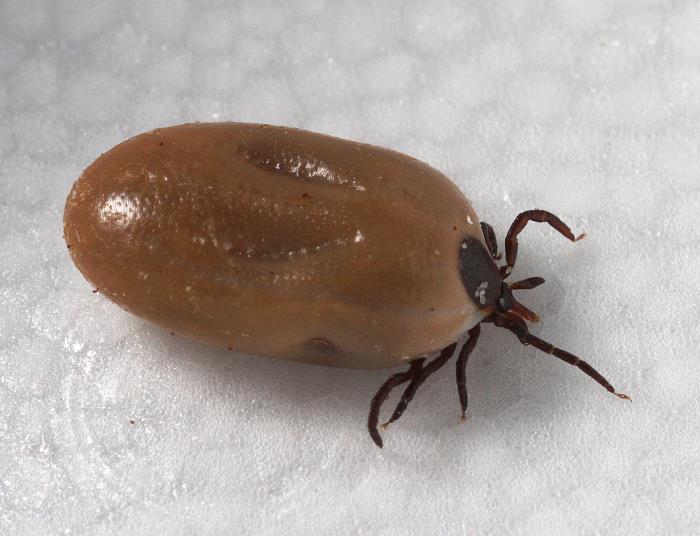Author Interviews, Infections, Lyme / 18.09.2019
Single Tick Bite Can Transmit More Than Just Lyme Disease
MedicalResearch.com Interview with:
Jorge Benach, PhD
Distinguished Toll Professor
Molecular Genetics & Microbiology and Pathology
Renaissance School of Medicine
Stony Brook University
MedicalResearch.com: What is the background for this study?
Response: The increases in the numbers of cases of tick-borne diseases in the nation, and the increases in the number of cases in our area were the catalysts to document the levels of infection with a number of pathogens in the vector ticks. In addition, there were indications that an invasive tick species, the lone star tick, had taken a foothold in our area and had brought new tick-borne pathogens. Identification of the multiple pathogens was made possible by the molecular probes developed by Dr Rafal Tokarz, another corresponding author of our study (more…)



